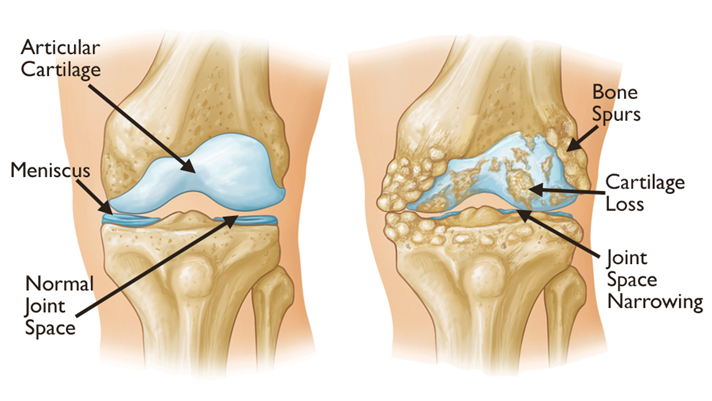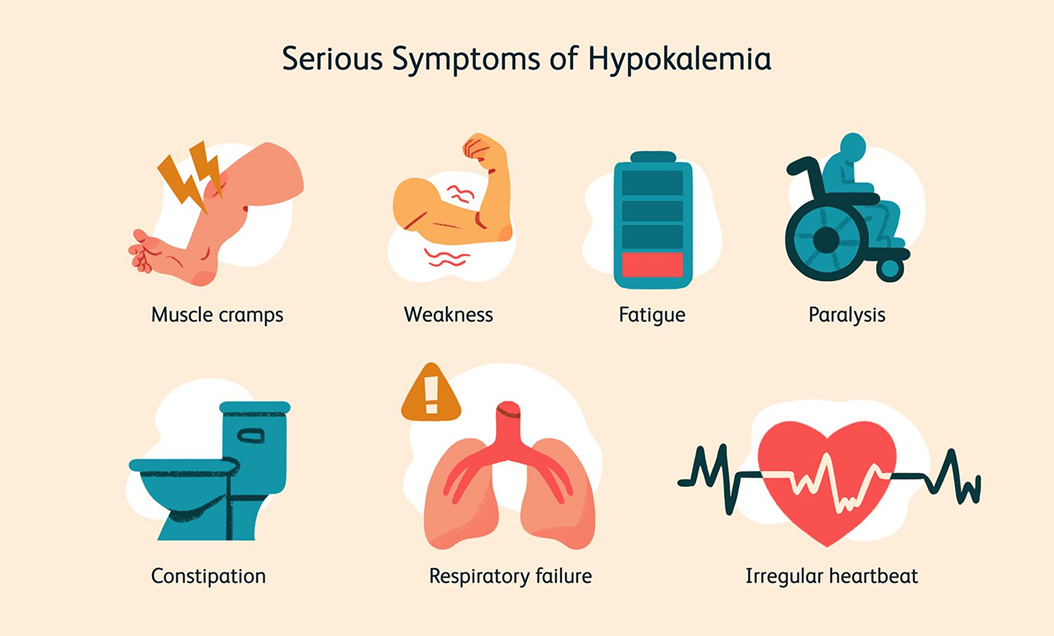A nurse is completing a physical assessment of a client who has early osteoarthritis. Which of the following manifestations should the nurse expect?
Ulnar deviation
Symmetric joints affected
Pain worsens with activity
Weight loss
The Correct Answer is C
Choice A reason: Ulnar Deviation
Ulnar deviation, or the bending of the fingers towards the ulna (the outer bone of the forearm), is more commonly associated with rheumatoid arthritis rather than osteoarthritis. Rheumatoid arthritis typically affects the joints symmetrically and can lead to deformities such as ulnar deviation due to chronic inflammation.
Choice B reason: Symmetric Joints Affected
Symmetric joint involvement is characteristic of rheumatoid arthritis, not osteoarthritis. Osteoarthritis usually affects joints asymmetrically, meaning it can affect one joint more than the other. It commonly affects weight-bearing joints such as the knees, hips, and spine.
Choice C reason: Pain Worsens with Activity
Pain that worsens with activity is a hallmark symptom of osteoarthritis. This condition is caused by the breakdown of cartilage in the joints, leading to pain and stiffness, especially after physical activity. The pain typically improves with rest but can become more persistent as the disease progresses.

Choice D reason: Weight Loss
Weight loss is not a typical manifestation of osteoarthritis. In fact, being overweight or obese is a risk factor for developing osteoarthritis, particularly in weight-bearing joints. Weight management is often recommended to help reduce the stress on affected joints and alleviate symptoms.
Nursing Test Bank
Naxlex Comprehensive Predictor Exams
Related Questions
Correct Answer is {"dropdown-group-1":"A","dropdown-group-2":"B","dropdown-group-3":"C"}
Explanation
The client is at risk for developing Pneumonia, Deep vein thrombosis, and Pressure ulcers
Choice A: Pneumonia
Reason: Postoperative patients, especially those who have undergone abdominal surgery, are at a higher risk of developing pneumonia. This is due to the fact that pain and discomfort can prevent them from taking deep breaths and coughing effectively, which are essential actions to clear the lungs of secretions. The nurse’s notes indicate that the client is refusing to turn and cough due to pain, which further increases the risk of pneumonia. The use of splinting with a pillow when coughing is a technique to help reduce pain and encourage effective coughing, but if the client refuses to comply, the risk remains high.
Choice B: Deep Vein Thrombosis (DVT)
Reason: Deep vein thrombosis is a significant risk for postoperative patients, particularly those who are immobile. The client in this scenario has refused to wear intermittent pneumatic compression devices, which are designed to prevent DVT by promoting blood circulation in the legs. Immobility and the lack of these devices increase the risk of blood clots forming in the deep veins of the legs. If a clot forms and travels to the lungs, it can cause a life-threatening pulmonary embolism. The nurse’s notes emphasize the importance of these devices, but the client’s refusal to use them puts them at a higher risk of developing DVT.
Choice C: Pressure Ulcers
Reason: Pressure ulcers, also known as bedsores, are a common complication for patients who are immobile for extended periods. The client’s refusal to change positions increases the risk of pressure ulcers developing on areas of the body that are in constant contact with the bed. These ulcers can be painful and lead to serious infections if not managed properly. Regular turning and repositioning are crucial in preventing pressure ulcers, and the nurse’s notes highlight the importance of this practice.
Choice D: Urinary Retention
Reason: While urinary retention can be a postoperative complication, it is less likely in this scenario because the client has a Foley catheter in place, which is draining to a bedside bag. The catheter helps to ensure that the bladder is emptied regularly, reducing the risk of urinary retention. Therefore, this is not one of the primary risks for this client based on the provided information.
Choice E: Hemorrhage
Reason: Hemorrhage, or excessive bleeding, is a potential risk after any surgery, including a total abdominal hysterectomy. However, the nurse’s notes indicate that the abdominal dressing is dry and intact, and only scant vaginal bleeding has been observed. This suggests that there is no significant bleeding at this time. While hemorrhage is always a concern, the current observations do not indicate an immediate risk.
Correct Answer is D
Explanation
Choice A reason:
A client with a tracheostomy tube attached to humidified oxygen is not typically at risk for hypokalemia. The primary concerns for these clients are maintaining a patent airway, preventing infection, and ensuring adequate humidification to prevent mucus plugging.
Choice B reason:
A client with an indwelling urinary catheter to gravity drainage is not specifically at risk for hypokalemia. The main risks for these clients include urinary tract infections and ensuring proper catheter care to prevent blockages.
Choice C reason:
A client with a chest tube to water seal is primarily at risk for complications related to the chest tube itself, such as infection, pneumothorax, or improper drainage. Hypokalemia is not a common risk associated with chest tubes.
Choice D reason:
A client with a nasogastric tube to suction is at risk for hypokalemia. Continuous suctioning can lead to the loss of gastric contents, which contain potassium, leading to a decrease in potassium levels in the body. This can result in hypokalemia, which needs to be monitored and managed appropriately.

Whether you are a student looking to ace your exams or a practicing nurse seeking to enhance your expertise , our nursing education contents will empower you with the confidence and competence to make a difference in the lives of patients and become a respected leader in the healthcare field.
Visit Naxlex, invest in your future and unlock endless possibilities with our unparalleled nursing education contents today
Report Wrong Answer on the Current Question
Do you disagree with the answer? If yes, what is your expected answer? Explain.
Kindly be descriptive with the issue you are facing.
